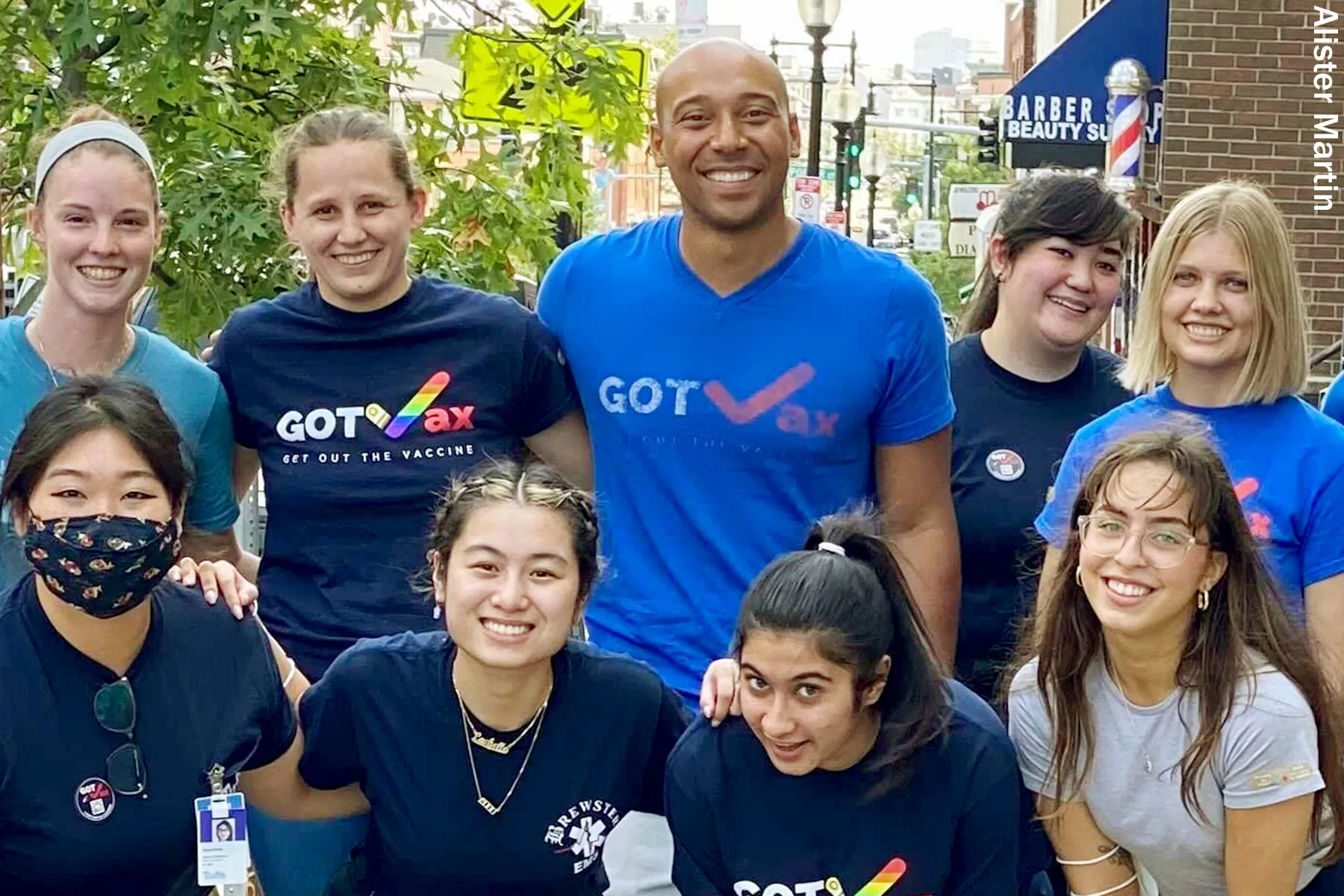Two Thirds of CA Gun Owners With Kids Leave Some Firearms Unlocked
Data from the 2018 California Safety and Wellbeing Survey indicates that despite the prevalence of unsecured guns around children, respondents are amenable to safer storage practices.

Nearly two thirds of gun owners who live with children don’t store all their firearms locked up and unloaded, according to a study of California adults published in JAMA Network Open.
The study — part of the University of California, Davis Violence Prevention Research Program (VPRP) — examined data from the 2018 California Safety and Wellbeing Survey.
In contrast to their findings on the prevalence of unsecured guns around children, researchers found that nearly two thirds of gun owners without children stored all firearms locked up and unloaded.
Child Access Prevention laws in California and 15 other jurisdictions, including DC, impose criminal penalties on gun owners in households with children “when they know or reasonably should know that a child’s access to a firearm is likely, whether loaded or unloaded, and regardless of whether the minor actually gains access to the firearm,” the researchers noted.
The study’s purpose in part was to test the impact of such laws on behavior.
Researchers determined that over 70 percent of respondents in households with guns and children thought a firearm made their home safer. But gun owners, the researchers found, were open to adopting safer storage practices.
“Although a substantial percentage of individuals who owned guns and lived with children did not store all firearms as recommended, parents and caregivers who owned firearms reported being amenable to interventions that reduce young people’s risk of firearm-related harm,” the researchers wrote.
The implications of that embrace of safety are significant.
In California, 931,000 households with children — or an estimated one in five households with children — contain at least one firearm.
A breakdown of this group of firearm owners reveals their concern for gun safety, particularly the protection of nearby children. Nearly 80 percent of respondents were supportive of health care providers talking with patients about safe firearm practices when there were children or teens in the home.
The researchers emphasized the benefits of this finding, comparing it to the well-documented harms of unlocked firearms. In 2019 among individuals under 19, more than one-third of documented deaths were from firearm suicide, and 3.5 percent were from unintentional firearm injuries, according to the Centers for Disease Control and Prevention.
“Firearms in the home increase the risk of firearm-related harm,” the researchers wrote.
Although respondents in homes with firearms more frequently reported that firearms make homes safer compared with those without firearms in the home, the former were supportive of two firearm injury prevention strategies: asking others about the presence of unlocked guns in homes where children play and conversing with health care professionals about gun safety.
“Clinician-initiated conversations about safe firearm storage with parents and caregivers of children may help to promote keeping firearms unloaded and locked up,” the researchers wrote.
“Our findings indicate that most California residents who live with children think it is at least sometimes appropriate for health professionals to talk about gun safety.”
This study bolsters knowledge about firearm safety in California, where firearm injury prevention policies and practices are sometimes used as models for other states.
According to Rocco Pallin, a data analyst at VPRP and lead author for the study, the findings highlight the need for messaging on the risk of firearm access and the importance of safe storage, including clinician-led conversations tailored to the patient or household.
“We should grow our focus on collaborative work,” Pallin wrote, “especially work that involves gun owners, to create interventions that help people take steps towards safer storage.”
To read the full study, click here.
Eva Herscowitz is a TCR Justice Reporting intern.

 Landwebs
Landwebs 






















